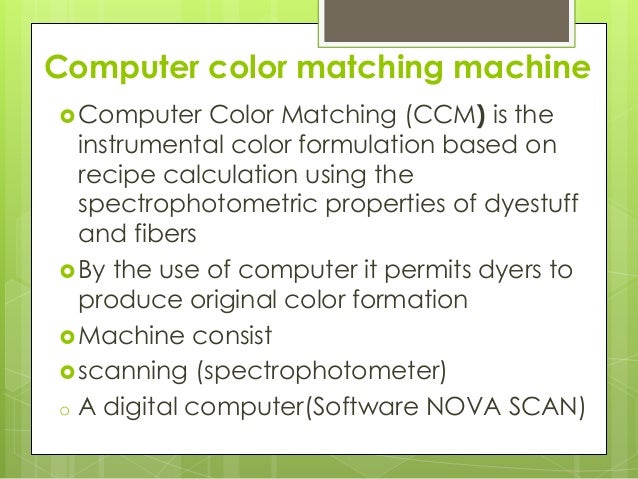

So without further ado, here are seven unique ways to convert a full-color image to grayscale.īlack and white (or monochrome) photography dates back to the mid-19th century. To my knowledge, this is the only project on the Internet that presents seven unique grayscale conversion algorithms, and at least two of the algorithms - custom # of grayscale shades with and without dithering - were written from scratch for this very article. So rather than add one more “here’s a grayscale algorithm” article, I have spent the past week collecting every known grayscale conversion routine. I don’t like adding projects to this site that offer nothing novel or interesting, and there are already hundreds of downloads - in every programming language - that demonstrate standard color-to-grayscale conversions. I’m glad to finally have a place to send those queries!ĭespite many requests for a grayscale demonstration, I have held off coding anything until I could really present something unique. For this, we’ll apply thresholding as discussed above.I have uploaded a great many image processing demonstrations over the years, but today’s project - grayscale conversion techniques - is actually the image processing technique that generates the most email queries for me. The next step is the conversion of this grayscale image to black and white image. In this case, we are converting BGR mode to grayscale that’s why we have used cv2.COLOR_BGR2GRAY. The second parameter i.e., color_space_conversion specifies the color space from which you want to transform and the color pace in which you want to transform.

The opencv read the image in BGR mode which is same as RGB mode.

Here, the first parameter specifies the input to be transformed. Then, convert this image to grayscale using cv2.cvtColor(image, color_space_conversion) function. Read the image by providing path of the image in imread(“path of image”) command. To apply thresholding, first of all, we need to convert a colored image to grayscale.

Here, 0 represent black color and 1 represent white color. The pixel value is set to 1 if the pixel value is greater than this threshold. If the pixel value is less than this threshold, it is set to 0. We establish a threshold value and each pixel value is compared with this threshold. USING OPENCV TO CONVERT AN image INTO Black AND WHITEĪ simple binary thresholding technique in OpenCV can be used to convert an image to black and white. If you want to learn more about Python Programming, visit Python Programming Tutorials. Some of the common ways are discussed here. Python provides different modules for image conversion. These black and white images are also known as grayscale images.
CONVERT BLACK AND WHITE TO COLOR MACHINE LEARNING HOW TO
In this tutorial, we will learn how to Convert an image to in Python. Therefore, they are transformed to grayscale images to reduce the computational complexity and processing time. In image processing, processing of these multi-channel RGB images is a computationally expensive. Each pixel of an RGB image is composed of varying proportions of red, green, and blue colors which are added together to produce any color in the range of a visible spectrum. The colored or RGB images are composed of three color channels which are red, green and blue.


 0 kommentar(er)
0 kommentar(er)
